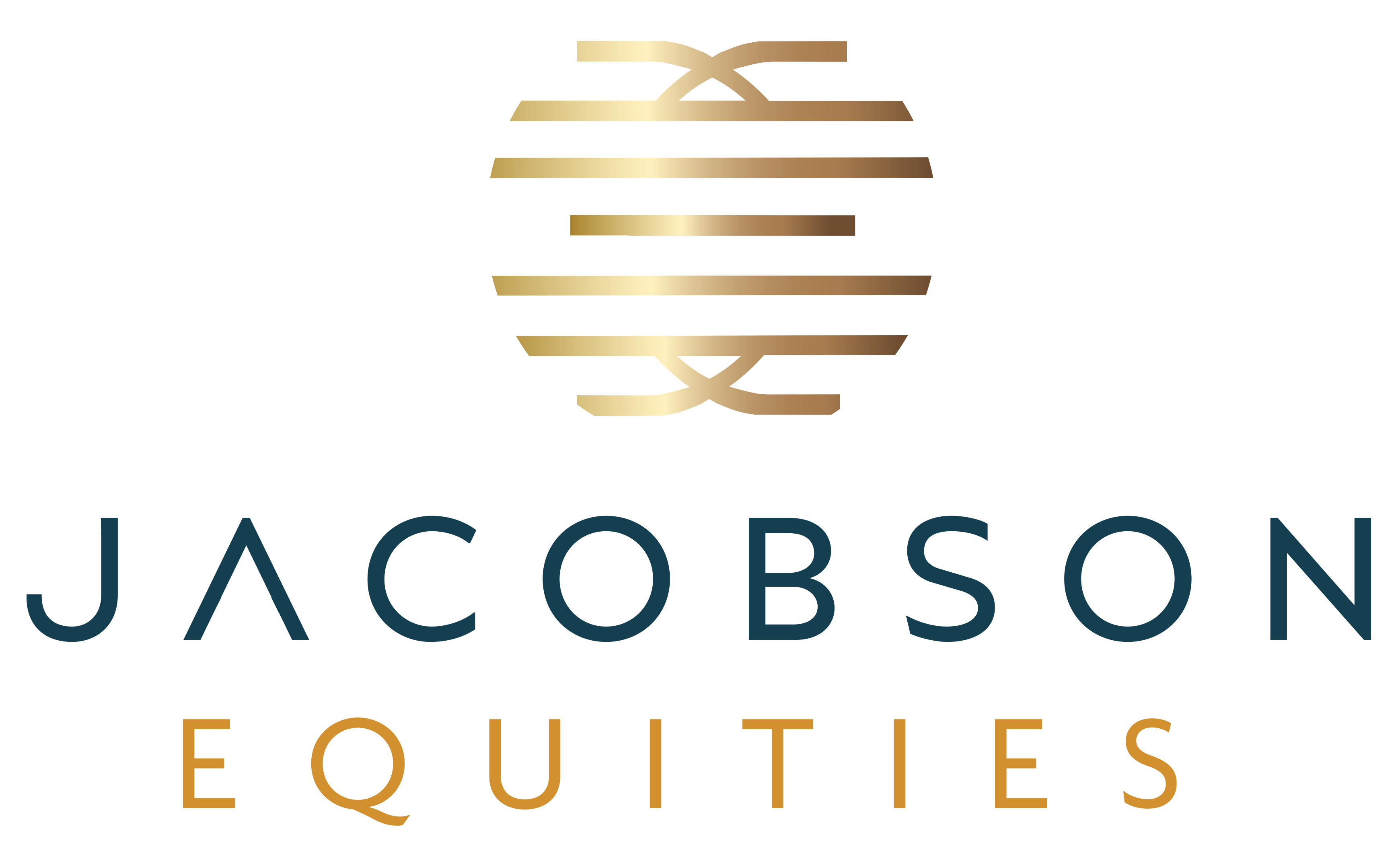Given how many of our investors have been with us for years, in some case generations, I clearly don’t need to convince you of the desirability of owning apartment buildings. However, last week I listened to a webinar that was so powerful, I felt it was imperative that I share immediately.
Peter Linneman is a nationally respected figure in the real estate world; he literally wrote the book on real estate finance. A professor at the University of Pennsylvania, Professor Linneman is the author of Real Estate Finance and Investments, the textbook used at business schools including Wharton, Yale, University of Michigan and Columbia among many others.
The interview first touches upon the challenge of finding yield in today’s low interest rate environment. Not only is the yield from fixed income investments virtually nil (the 10-year treasury is at 1% as I write this, below the rate of inflation), but low rates also impact valuations of other assets. Stock prices are driven higher as investors allocate less capital to bonds and more to equities, which drives the rate investors get from dividends down (not to mention that many companies have reduced or eliminated their dividend during the pandemic). Thus, the return on an investment in stock is almost entirely from appreciation, leaving yield hungry investors in need of alternate sources of current cash flow.
This context has set the table for what Linneman calls “the golden era of multifamily”. In the interview, Professor Linneman describes a financial model he presented in the winter issue of the Linneman Letter, a 100+ page quarterly newsletter to which we subscribe, that focuses on the economy and its impact on real estate.
Linneman’s model assumes a property which is acquired at a 4.7% cap rate, with a 70% LTV loan at a 3% interest rate, amortized over 30 years. As you know, the cap rate is the return on a property purchased for all cash. The model assumes a scenario, similar to the one we are in now, whereby the subject property’s net operating income (rents less operating expenses) drop precipitously during the first two years of ownership. Specifically, in this case, the hypothetical building’s NOI drops 10% in the first year of ownership, 8% during the second year, then goes up 4.6% in each of the next 4 years before leveling off at a 2.5% rate of increase until year 10 when the property Is sold. The model assumes the property is sold for the same cap rate as its going in cap rate of 4.7% which, as you’ll see below, could be seen as conservative given his conclusions.
What Linneman’s model illustrates is that, even with such dramatic decreases in net operating income during the first two years, the project still earns an Internal Rate of Return (IRR) of 9.3% over the 10-year holding period. The IRR is the annualized return on equity of the combined cash flow and appreciation of an investment adjusted for the time value of money. Foran investor looking for cash flow, long term appreciation and a reasonable safety of principal, it’s hard to do better in today’s climate. One common benchmark for the return on an investment is to compare it to the so called “risk free” rate of return of the 10-year treasury bill. While an apartment investment is not guaranteed by the full faith and credit of the United States government, a conservatively leveraged investment in a physical piece of real estate in a desirable location offers a strong return with a reasonable safety of principal.
The reason multifamily is able to deliver such strong returns is the spread between interest rates and cap rates. Assuming cap rates in the mid-4’s and interest rates in the mid 2% to 3% range, an investment has positive leverage from day one. With government debt at 27 trillion, and only the most hawkish economists suggesting meaningful inflation on the horizon, it is reasonable to assume low rates will be with us for the foreseeable future.
As I mentioned above, Linneman’s model assumes the investor exits the deal at the same cap rate as it was purchased. In fact, he believes it is likely cap rates will go down further from here. If an apartment investment can generate such an appealing IRR (even during a downturn) in a low-rate environment, it stands to reason that many investors, desperate for returns, will turn to multifamily (this includes investors like yourselves as well as institutional investors such as pensions and endowments). Linneman goes on to point out that other real estate asset classes are just not as appealing as apartments. The pandemic has made the future of office, hospitality and retail difficult to foretell and underwrite and, in addition, lenders will not lend at anywhere near the LTV that they will on apartments, where they feel more comfortable. In addition, tenants in those properties have longer leases (5-10 years) and when they leave or go bankrupt, a property may be disproportionately harmed especially if the timing is bad (as it is now). Those tenancies also require substantial investments of capital for tenant improvements, leasing commissions and protracted periods of vacancy to secure credit worthy tenants and prepare their space.
What this means is that, for the indefinite future, there will likely be a virtual deluge of capital chasing apartment deals which will drive the price of those assets up. This is certainly positive for our current investments.
While an investor may conclude that such price appreciation is a negative for finding new acquisitions, I would suggest that a better conclusion is that investors need to recalibrate their return demands from apartments to better reflect the desirable blend of safety, cash flow and appreciation such investments offer in a low interest rate environment as well as the inability of alternative investments to offer a competitive option.
If a well-located property will generate a 5-6% average cash on cash return and a 9-10% IRR, investors are doing exceptionally well when compared to the risk-free treasury rate (i.e.; 1%) and to other investments such as stocks which do not generate meaningful cash flow, and which are not anchored to a physical asset in a desirable location.
And that is without taking into account the superior tax benefits (including accelerated depreciation through cost segregation) and the hedge against inflation which apartments offer.
Here is a link to the Linneman webinar: click here. I encourage you to listen to it. We all have reason to be uniquely excited about the potential for our existing multifamily holdings and new acquisitions we plan on presenting to you, as we seek to make the most of the “golden era of multifamily”.


